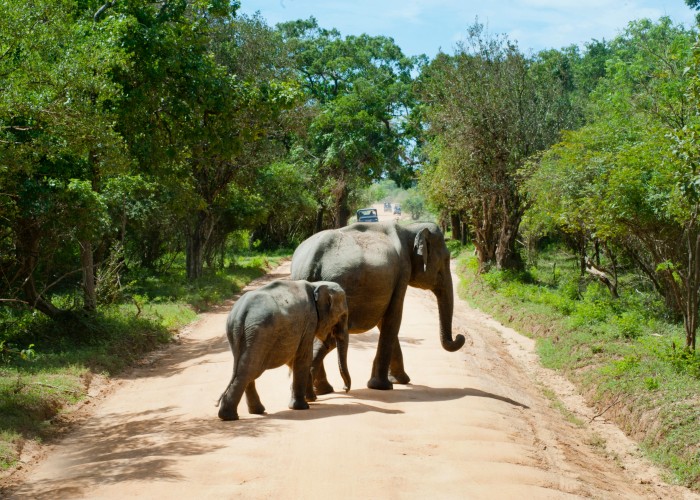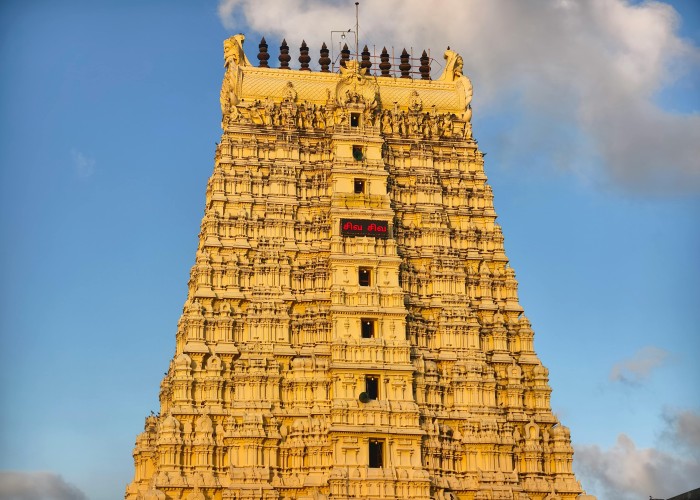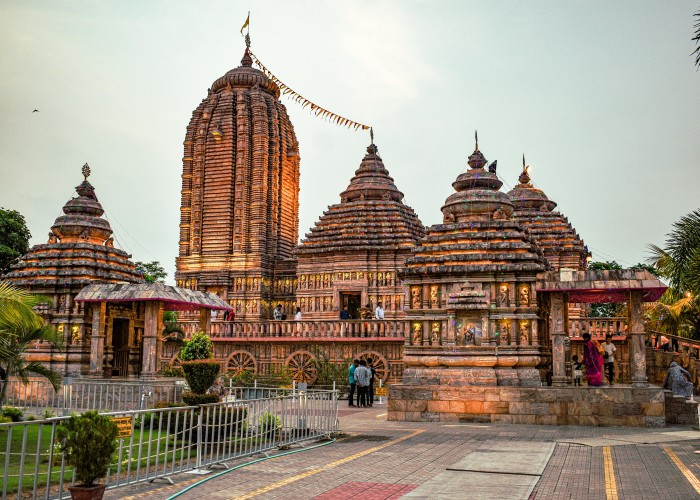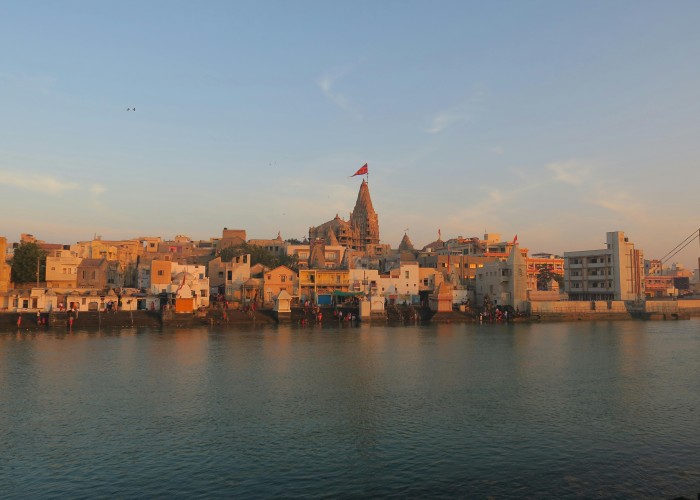Wildlife and nature safari tours are immersive travel experiences that allow visitors to explore national parks, wildlife sanctuaries, and nature reserves. These tours focus on observing animals, birds, and natural landscapes in their natural habitat while promoting conservation and eco-tourism. Wildlife & Nature Safari Tours.
Why they are famous:
- Opportunity to see endangered and exotic wildlife such as tigers, elephants, leopards, rhinos, and various bird species.
- Scenic landscapes, including forests, grasslands, wetlands, and mountains.
- Popular for photography, birdwatching, and nature enthusiasts.
- Offers a unique adventure experience for families, solo travelers, and groups.
Popular destinations globally:
- India: Jim Corbett National Park, Ranthambore, Kaziranga, Periyar, Bandhavgarh
- Africa: Serengeti National Park, Kruger National Park, Maasai Mara
- Australia: Kakadu National Park, Daintree Rainforest
- South America: Pantanal (Brazil), Galapagos Islands (Ecuador)
Safari tours offer a combination of adventure, education, and relaxation, making them appealing to travelers seeking a closer connection with nature.
Best Time to Visit
The ideal time depends on the region and the wildlife you want to see:
- India (tropical parks): October to March for cooler weather and better wildlife visibility.
- Africa (savannahs): June to October during the dry season, when animals gather near water sources.
- South America (Pantanal): July to October for dry season wildlife spotting.
- Australia (tropical rainforests): May to September for cooler, dry weather and easier trekking.
Tips:
- Early morning or late afternoon safaris are best for animal sightings.
- Avoid rainy seasons in tropical regions; some parks may close due to flooding.
How to Reach Wildlife & Nature Safari Locations
By Air
- Most major wildlife parks are accessible via nearby airports.
- Example: Jim Corbett – nearest airport is Pantnagar (70 km).
- Book domestic or international flights depending on the region.
By Train
- National parks in India often have nearby railway stations:
- Ranthambore: Sawai Madhopur Station
- Kaziranga: Furkating or Nagaon Station
- Trains offer scenic views and cost-effective travel options.
By Road
- Many safari destinations have well-connected roads from major cities.
- Private cars, taxis, and buses are available for transfers to parks.
- East Coast, Western Ghats, and African safari lodges often provide shuttle services.
Local Transport
- Inside the park, travel is usually via jeep safaris, guided nature walks, or boats.
- Booking through authorized operators ensures safety and adherence to park regulations.
Entry Fees and Permits
- India (National Parks): Approx. INR 300–1000 per person, depending on the park and vehicle.
- Africa & South America: $20–$60 per person per day for entry fees; additional fees for guided tours.
- Permits: Some parks require advance booking and photography permits.
- Prices are subject to change based on season and park policies.
Tip: Always check official park websites or tourism boards for latest fee details.
Food Availability and Meal Options
- Safari lodges and resorts typically offer full-board meals, including local cuisine and continental options.
- Packed lunches can be requested for early morning or full-day safaris.
- Some parks have cafeterias or food stalls near visitor centers.
- Carry water and energy snacks, especially for remote safaris.
Packing List and Essentials
Clothing
- Light, breathable, and neutral-colored clothing to blend with nature.
- Long sleeves and pants to protect from sun, insects, and thorny bushes.
- Comfortable walking shoes or hiking boots.
- Hat or cap, scarf, and light jacket for early mornings or evenings.
Accessories
- Binoculars for wildlife spotting.
- Camera with zoom lens for photography.
- Sunglasses, sunscreen, and insect repellent.
- Backpack with water, snacks, and basic first-aid items.
Health & Safety
- Prescription medications and motion sickness remedies.
- Hand sanitizer, wet wipes, and masks if visiting crowded areas. Wildlife & Nature Safari Tours.
Safety Tips and Local Regulations
- Always follow park rules and ranger instructions.
- Stay inside vehicles during jeep safaris unless authorized for guided walks.
- Avoid loud noises to prevent disturbing wildlife.
- Do not feed animals; it’s dangerous and prohibited.
- Maintain safe distance from predators, rivers, or cliffs.
- Dispose of waste responsibly and avoid plastic in parks.
Tips for Beginners or First-Time Visitors
- Book guided safaris for better wildlife spotting and safety.
- Learn about animal behavior to understand their movement and habitats.
- Early morning safaris offer the best chances to see active wildlife.
- Combine safari with nature walks, birdwatching, or photography sessions.
- Carry a notebook or wildlife guidebook for educational value.
Local Customs and Cultural Etiquette
- Respect local communities living near wildlife reserves.
- Do not trespass into villages or farmland.
- Learn a few local phrases if visiting Africa or South America – it enhances the cultural experience.
- Support local businesses by buying handicrafts, guides’ services, or eco-friendly products.
- Avoid loud conversations and mobile phone usage in wildlife zones.
FAQ Section
1. How long is a typical wildlife safari?
- Usually 2–4 hours per session, with morning and evening slots.
2. What is the difficulty level of safaris?
- Easy to moderate; most safaris involve vehicle rides or short guided walks. Wildlife & Nature Safari Tours.
3. Are restrooms available in the park?
- Yes, near visitor centers or safari lodges; limited availability inside remote reserves.
4. Can children join wildlife safaris?
- Yes, most parks allow children above 5–6 years, with parental supervision.
5. Is it safe for solo travelers?
- Yes, but always join authorized group tours or guides for safety.
6. Can I photograph wildlife?
- Yes, casual photography is allowed; professional shoots may require additional permits.
7. Are night safaris available?
- Some parks offer night safaris to observe nocturnal wildlife.
- Safety precautions and guided tours are mandatory.
8. Do I need vaccinations before visiting certain parks?
- In tropical and African regions, consult a travel clinic for malaria or yellow fever precautions.
9. What are the best times to see predators or rare animals?
- Early morning and late afternoon; dry season increases visibility.
10. Are food and drinks allowed inside safaris?
- Limited; carry small snacks and water; avoid littering.
Conclusion
Wildlife & Nature Safari Tours offer an unmatched opportunity to experience pristine landscapes, exotic animals, and unique ecosystems. Key takeaways:
- Ideal for nature lovers, photographers, families, and adventure seekers.
- Combining safaris with guided tours, boat rides, and eco-lodges enhances the experience.
- Early planning, proper packing, and adherence to park rules ensure safety and enjoyment.
- Observing local customs, environmental responsibility, and cultural etiquette adds depth to the journey. Wildlife & Nature Safari Tours.






Leave a Reply